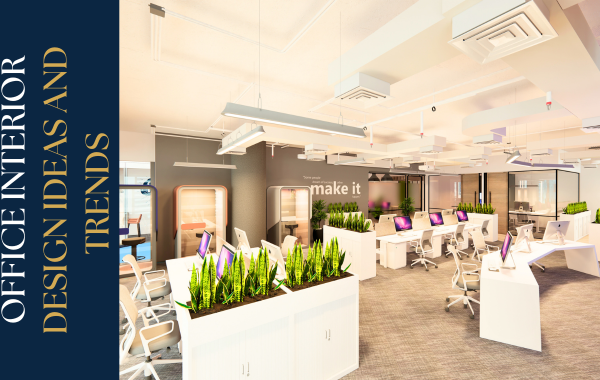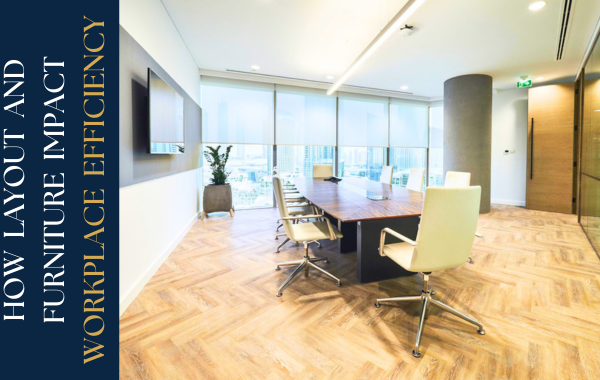Introduction:
Classroom design often becomes an afterthought but thankfully, modern educators are putting more focus on how the learning environment can help the student’s learning process. More research and careful space planning are now being done to design and build classrooms that set up learners for success.
An average person spends a total of 21,600 hours, or roughly four and a half years, of their lives sitting in a classroom from kindergarten to college. Those hours are spread over a person’s formative years and thus influences their absorption of information, learning style, and retention. It can also influence how a person, or a kid for that matter, feels about learning and education in general. The classroom, where those 21,600 hours are spent, must then be designed and built to be place that is optimized for effective learning.
As designers, this thrust towards a more student-empowering learning environment is something we are glad to be part of. We are all too glad to be veering away from cookie-cutter furniture and traditional rows of desks.

Does classroom design actually affect learning?

The answer is YES!
The results of a 2015 study published in the Building and Environment journal show that there is a 16% impact of the school’s design on the learning rates students. The study assessed 153 classrooms across 27 schools to identify how physical classroom features affect students’ learning progress, and what design parameters contribute to it. Seven design parameters were identified that help this 16% increase in learning progress: lighting; temperature; air quality; ownership; flexibility; complexity; and color.
Which details of the classroom design make a positive difference?

Good air quality and a comfortable temperature in the classroom increased learner progress by a good 28%. This means that the room should not be too cold nor too hot and humid. Plants can also be incorporated to keep the inside air clean and pleasant.
Flexible seating options can also be applied instead of the rigid rows of seats and desks of the traditional classroom design. Giving students the freedom of choosing where to sit and who to sit with gives them a sense of ownership and also fosters collaboration and community in the classroom. Notwithstanding the need for personal space, individual working spaces should also be provided as a choice.
It is time for industrial fluorescent lighting to exit the stage as an option for classroom design. They are not only unattractive, they also prove to be too stark and hinder effective learning. Natural light is ideal for classroom design and big windows and daylight, according to research, results in 20% faster progress in mathematics and reading.
The use of color in key areas also help stimulate students’ analytical and creative thinking. A blanched layout and wall displays, used as accents, increase student progress by 23%.
Designers often face one key challenge when creating classroom design; we do not directly consult or collaborate with the main clients — that is, the main users of the space, which are the students. For us, it is important to break free from the norm, do the research, and place ourselves back to the time when we were students in a classroom most of our day, and design accordingly.
Have a project in mind? Send a message.
Get the book for free





